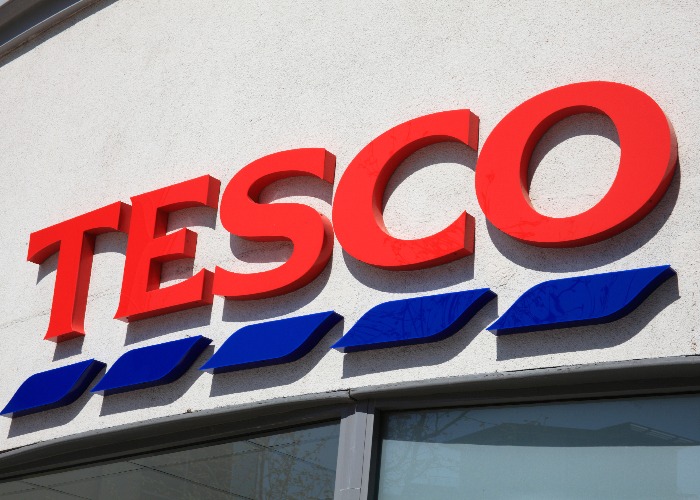Opinion: why less access to cash should worry us all

I'm happy to never pay by cash again, but that doesn't mean a cashless supermarket is necessarily a good thing.
If you fancy shopping at Tesco's Express store in High Holborn in London, then you can leave your coins and notes at home.
The store is Tesco’s first mainstream cashless outlet, with shoppers only able to pay by card or mobile phone payment facilities such as Apple Pay or Google Pay.
Tesco already has a fully cashless store up and running at its headquarters in Welwyn Garden City. While it’s open to the public, the store is mainly used by staff rather than general shoppers.
So why has it done it? And what does it mean for shoppers who have so far resisted paying by contactless?
Why cash machines are disappearing from UK high streets
Going cashless
A Tesco spokesperson told The Times: “We’re pleased to be opening this cashless store in High Holborn to help customers to check out and pay quickly.
“We are looking forward to hearing customer feedback.”
It follows an attempt by Sainsbury’s last year to do something similar at a store, again in Holborn.
Shoppers were able to use its Smartshop app to scan the items they wanted to buy as they went around the store, and then pay through the app using Google Pay or Apple Pay.
Amazon started the ball rolling by launching an automated payment store in the US back in 2018, and it seems likely that retailers will continue to experiment with cashless stores.
Obviously, Tesco isn’t just doing this to appeal to youngsters who love paying by card either ‒ there’s big money to be saved by moving to cashless operations.
The Global Payment Trends report last year suggested that British retailers could save more than £7 million a year each by accepting only card and digital payments.
And for a massive firm like Tesco, that saving is going to be far, far higher.
Opinion: we need to start paying to use ATMs if we want to save them
Why contactless payments are on the up
The truth is that when it comes to shopping, plenty of us don’t even consider paying in cash.
According to a report from UK Finance last year, the proportion of transactions paid for in cash dropped from 60% back in 2008 to 28% in 2018.
It projects that this will plummet still further to just 9% by 2028.
A big factor here has been the introduction of contactless payments, allowing shoppers to pay for relatively small purchases in just a few seconds with their credit or debit card.
These are exactly the sorts of purchases that many of us relied on cash to cover, but the convenience of contactless has clearly won shoppers over.
Almost a fifth of purchases were made using contactless payments in 2018 according to that same report from UK Finance, with that figure forecast to rise to 37% by 2028, simply due to an increase in the number of retailers that accept such payments.
ATM fraud: how to tell if a cashpoint has been tampered with

Not everyone wants to go contactless
But while young(ish) people like me are more than happy to pay for everything, large and small, with a debit or credit card, there are plenty of people who are less comfortable doing so.
Older people, for example, tend to be much more at home paying in cash, while more vulnerable people simply may not have access to card payments.
So, when a major high street name such as Tesco says that it is turning its back on cash, even in just one store, it will inevitably ring alarm bells.
There will be some who, understandably, feel they are no longer welcome if they can’t pay in the way they are most familiar with.
ATM swallowed your card? Here's what to do
It impacts all of us
Even though I am perfectly happy paying by card for everything, this move away from cash does still have a negative knock on effect.
As we don’t pay with cash so often, our use of ATMs is also falling. That’s making them less economical to run, which is why the amount of cash machines with free withdrawals are plunging.
According to the latest figures from ATM provider Link, during 2019, the total number of ATMs fell from 62,967 to 60,291.
But delve into those numbers a little closer and you’ll see the number of free ATMs crashed from 51,877 to 45,014 over the same period, while pay to use cash machines increased from 11,090 to 15,277.
The fact is that there are some things for which cash is still the only option, including the window cleaner and my son’s karate lessons.
Whether we are entirely on board with paying by card whenever possible, or committed to cash, we all need to have the ability to access our money in its physical form.
But that’s becoming far more difficult, and increasingly coming with a charge for the privilege.
Comments
Be the first to comment
Do you want to comment on this article? You need to be signed in for this feature